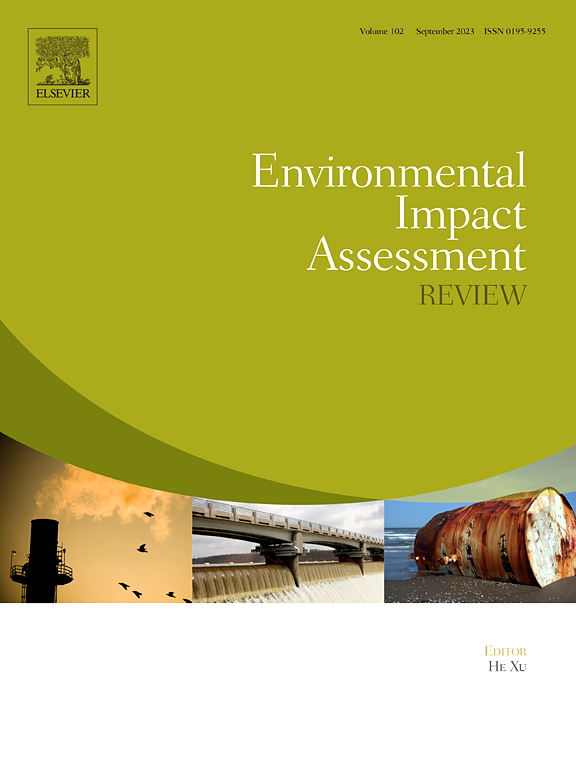老龄化和富裕对中国家庭碳排放的交叉影响
IF 11.2
1区 社会学
Q1 ENVIRONMENTAL STUDIES
引用次数: 0
摘要
中国正在经历人口结构向“深度老龄化”的重大转变,从根本上改变了家庭消费模式和相关的碳足迹。了解家庭碳足迹如何随着不同年龄组的消费模式而演变,对于有效减缓气候变化至关重要。然而,以往的研究往往将老年人群体视为同质的,忽视了收入对不同年龄组HCFs的影响。本研究通过计算不同收入年龄组的HCFs,并分析2011年至2017年中国家庭消费模式和相关社会经济驱动因素,解决了这些差距。结果显示,高收入阶层各年龄组之间的HCFs存在显著差异,这导致老年人的人均HCFs总体较低。进一步的分解分析显示,长者家庭,特别是高收入长者的人均开支增长速度在研究期间是最慢的。因此,从2011年到2017年,中国老年家庭对碳排放增长的贡献较小。根据这项研究,老年家庭表现出较低的收入-支出弹性,并坚持稳定的消费模式,这减缓了他们随着收入增长而增加的消费,从而减缓了他们的hcf的增长。这些发现表明,随着经济增长和收入的增加,中国人口老龄化对近年来减少HCFs做出了积极贡献。然而,这一趋势的潜在长期影响需要进一步调查。本文章由计算机程序翻译,如有差异,请以英文原文为准。
The intersecting impact of aging and affluence on China's household carbon emissions
China is undergoing a significant demographic shift toward “deep aging”, fundamentally shaping household consumption patterns and associated carbon footprints. Understanding how household carbon footprints (HCFs) evolve with consumption patterns across age groups is vital for effective climate mitigation. However, previous studies often treated elderly groups as homogeneous and overlooked the impact of income on HCFs within various age groups. This study addresses these gaps by calculating HCFs across different income-age groups and analyzing household consumption patterns and associated socioeconomic driving factors in China from 2011 to 2017. Results reveal notable disparities in HCFs among age groups within the high-income bracket, which lead to the overall lower per capita HCFs of the senior group. Further decomposition analysis shows that the growth rate of per capita expenditure among elderly households, especially high-income elderly, was the slowest over the study period. As a result, from 2011 to 2017, elderly households in China contributed less to the rise in carbon emissions. According to this study, elderly households exhibit lower income-expenditure elasticity and stick to steady consumption patterns, which slows the rise in their consumption as income grows, thereby slowing the increase in their HCFs. These findings suggest that with economic growth and rising incomes, China's aging population has contributed positively to reducing HCFs in recent years. However, the potential long-term effects of this trend require further investigation.
求助全文
通过发布文献求助,成功后即可免费获取论文全文。
去求助
来源期刊

Environmental Impact Assessment Review
ENVIRONMENTAL STUDIES-
CiteScore
12.60
自引率
10.10%
发文量
200
审稿时长
33 days
期刊介绍:
Environmental Impact Assessment Review is an interdisciplinary journal that serves a global audience of practitioners, policymakers, and academics involved in assessing the environmental impact of policies, projects, processes, and products. The journal focuses on innovative theory and practice in environmental impact assessment (EIA). Papers are expected to present innovative ideas, be topical, and coherent. The journal emphasizes concepts, methods, techniques, approaches, and systems related to EIA theory and practice.
 求助内容:
求助内容: 应助结果提醒方式:
应助结果提醒方式:


